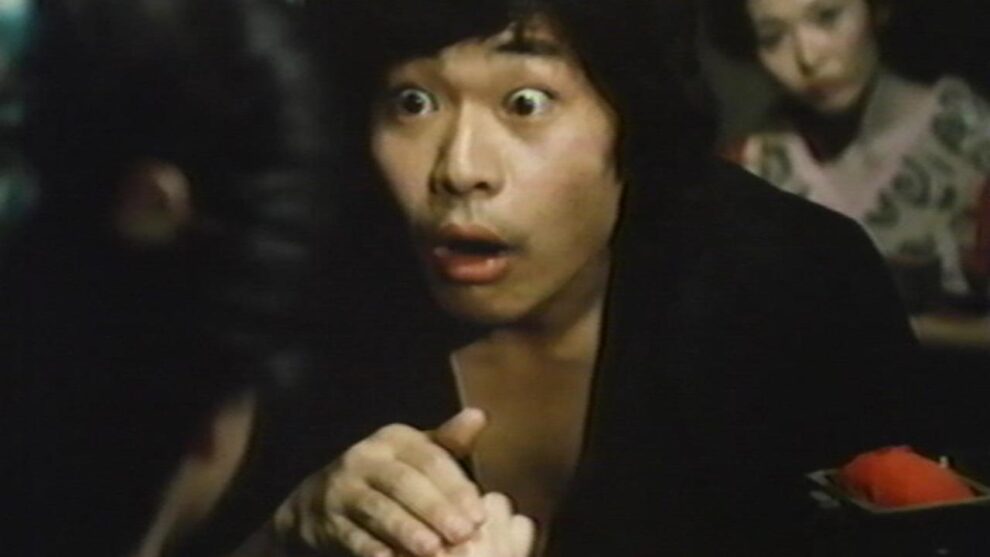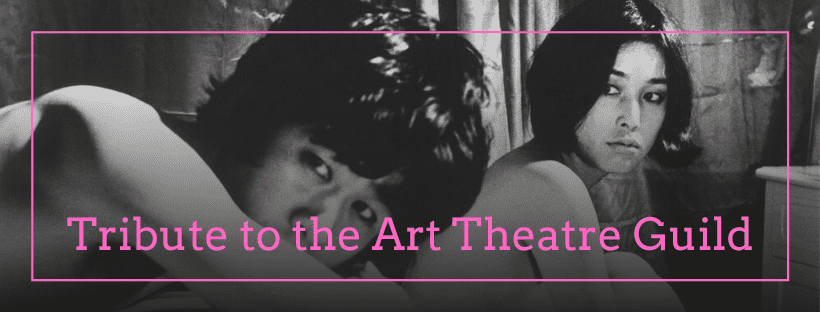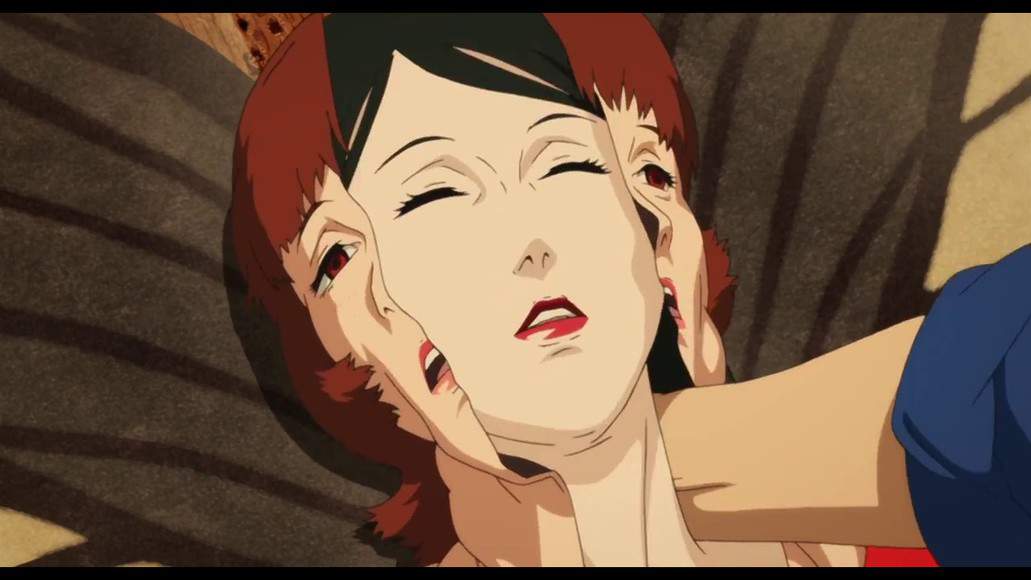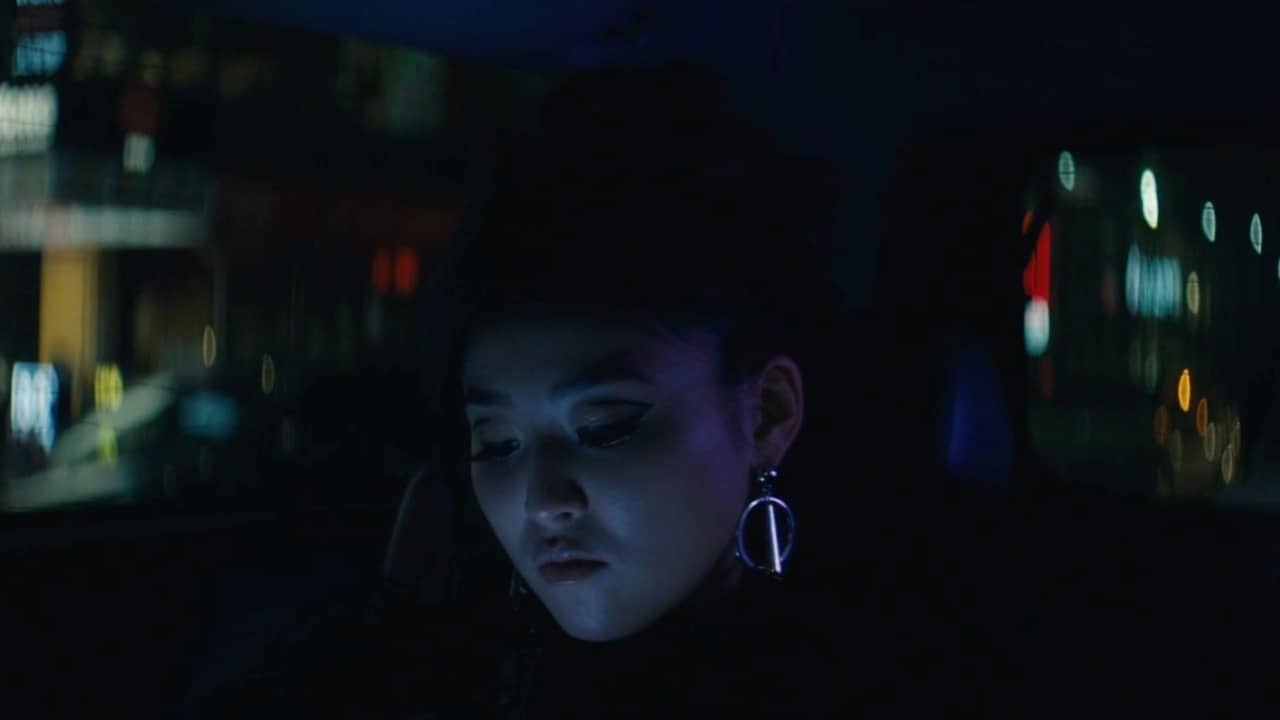“Battle Cry” is a very interesting film for Kihachi Okamoto. Considering that his most famous works in the beginning of the 60s, “Samurai Assassin” and “The Sword of Doom”, even though were critical of Bushido, were also chanbara epics, the fact that later in his career, he decided to mock the exact concept, comes as a surprise, particularly because he seems to mock his filmic past. ATG was the place to do so at the time, and after “The Human Bullet” which satirized WW2, Okamoto came up with “Battle Cry”, which does the same thing with the military phase of the Meiji Restoration of 1868.
The movie begins with a narrator that talks about a thug with a penis like a horse, instigating that this will be his story. The person in question is Sentaro, and as the movie begins, we watch him trying to rape a young girl in the fields, failing miserably however, since the girl proves much stronger than he anticipated, and also due to the sudden appearance of Manjiro, a man who fancies himself a spy, who ends up shooting the ‘failed rapist”. A bit later, Manjiro and the girl become a couple of sorts, meaning they have sex all the time and Sentaro soon finds himself in the midst of the civil war involving the forces of the Shinshengumi and the government. Manjiro follows suit, but in his own, constantly-switching-sides way, while the women of the local brothel also start playing a role in the proceedings. In the meantime, the battles become more and more fierce.
Okamoto's ironic and parodying sense of humor is found all over the movie, but the main root of that element is definitely the repeated montage of warriors battling and Sentaro and Manjiro having sex, in a rather mocking element that is bound to make any viewer laugh with its obviousness. Furthermore, the fact that the two poor devils are having sex while the ‘noble samurai' get themselves tortured, disgraced and killed definitely moves in the same fashion, as does the fact that the two, who are considered by the warriors as lowly peasants, are actually the one who manage to be truly happy.
Check also this interview
Even if this element is quite prevalent, as is the sex, with Okamoto including numerous and quite lengthy scenes, it is also impressive that the battles are captivating in their presentation, with that part being one of the few serious points in the depiction of the samurais. The costumes, the action choreography, the clash of sword with gun, and the way DP Daisaku Kimura captures all of them are outstanding, in a rather unusual element for a movie with such an intense parodying element. The brutality, the violence, the numerous deaths and the overall aftermath, as much as the torturing that takes place, essentially move the film into a completely different direction, which does work, however, quite nicely, both due to the entertainment it offers, and the fact that it can also be perceived through the general deconstructing of Bushido aspect.
The sex scenes are interestingly portrayed, since there is essentially no nudity, and the overall sense they emit is more comedic than erotic, particularly in the case of Sentaro. Once more, the cinematography here is of the highest level. The same applies to Yoshitami Kuroiwa's editing, which results in a rather fitting fast pace, and finds its apogee in the aforementioned numerous montages.
The acting is fittingly diverse. Tsutomu Hiura plays the buffoon with gusto while Yusuke Okada plays Manjiro, a man who thinks that he is much smarter than he actually is, with equal aplomb, with the two being rather hilarious for the majority of the movie. Tatsuya Nakadai as Hijikata Toshizo on the other hand, remains noble and serious throughout.
Despite the unevenness of the movie, which occasionally looks as if Okamoto did not know what he was doing, “Battle Cry” succeeds in both entertaining with its sex comedy aspects and for eloquently communicating its message about the blights of war and the despicability and futility of Bushido at the time.
















